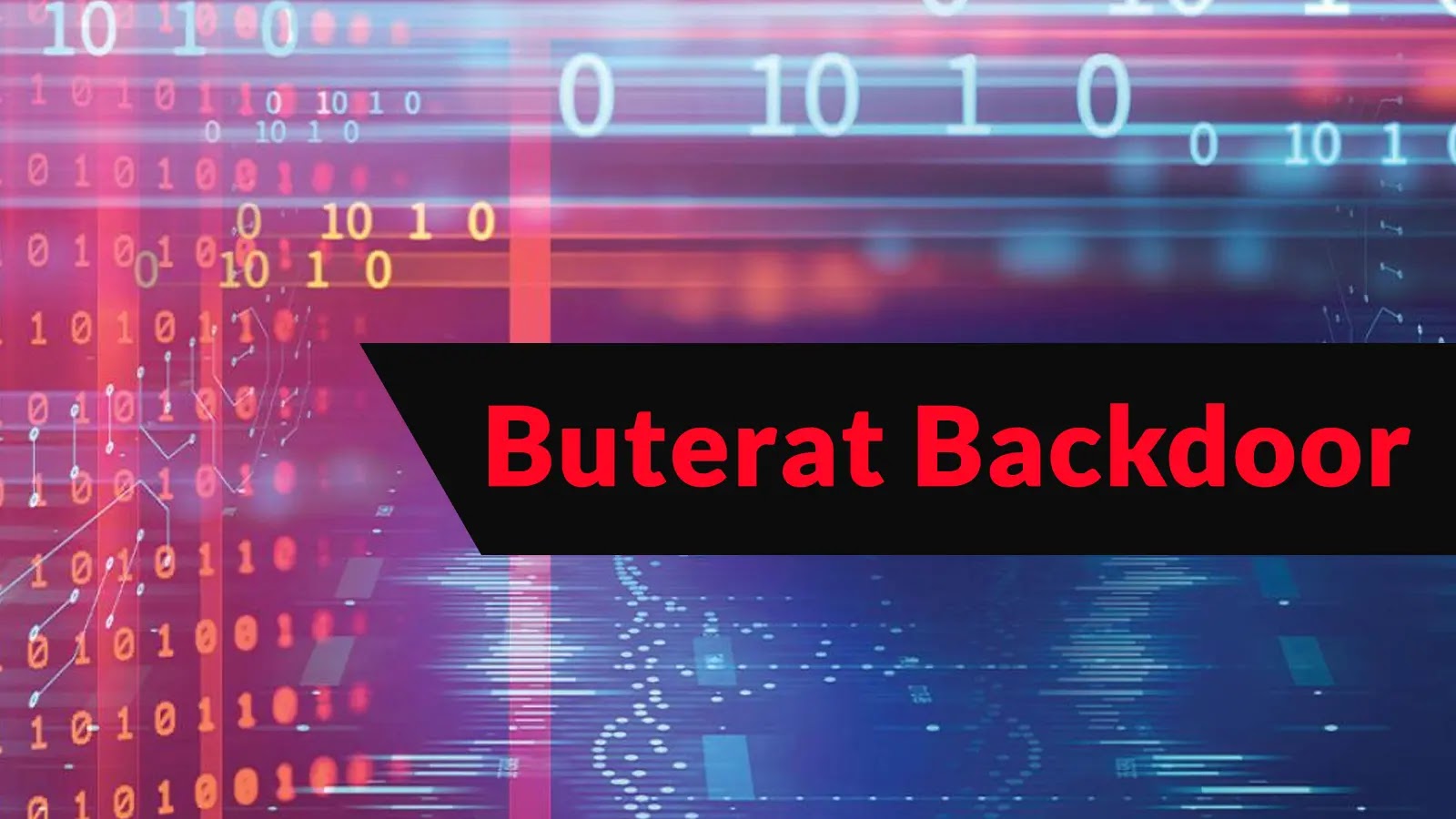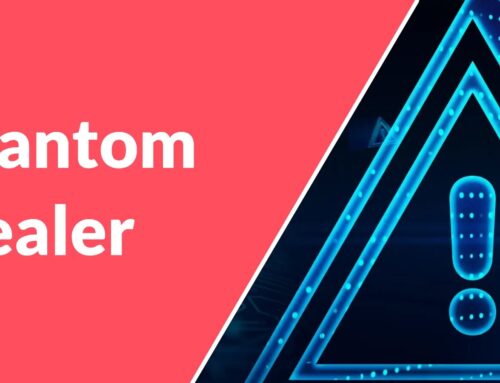
Buterat Backdoor Attacking Enterprises to Establish Persistence and Control Endpoints
Buterat Backdoor: A Persistent Threat to Enterprise Security
Enterprise networks are under constant siege. Among the myriad of digital threats, sophisticated backdoor malware represents a particularly insidious danger, allowing attackers to establish covert, long-term access to critical systems. One such threat, Backdoor.WIN32.Buterat, has emerged as a significant concern, meticulously targeting government and corporate environments. This backdoor demonstrates advanced persistence techniques and stealth capabilities, enabling attackers to maintain unauthorized control over compromised endpoints, often for extended periods, without detection.
Understanding the Buterat Backdoor’s Modus Operandi
The Buterat backdoor is not a simple piece of malware; it’s a well-crafted tool designed for deep infiltration and enduring control. Its primary objective is to establish and maintain persistence within a target network. Initial compromise typically occurs through carefully orchestrated tactics that exploit human vulnerabilities and technical weaknesses:
- Phishing Campaigns: Attackers leverage highly convincing phishing emails, often tailored to specific organizations or individuals, to deliver malicious payloads. These emails may impersonate legitimate entities or contain urgent requests designed to trick recipients into interacting with malicious content.
- Malicious Email Attachments: Such campaigns frequently utilize weaponized documents (e.g., Office files with malicious macros, PDFs with embedded exploits) attached to phishing emails. Opening these attachments can trigger the download and execution of the Buterat backdoor.
- Trojanized Software: Attackers may also distribute legitimate-looking software that has been secretly altered to include the Buterat backdoor. Users installing this seemingly benign software unknowingly introduce the malware into their systems.
Once executed, Buterat focuses on establishing persistence, ensuring that even if the system reboots, the malware remains active. This allows attackers to exfiltrate sensitive data, monitor network activity, and potentially deploy additional malicious tools at their discretion.
Advanced Persistence and Evasion Techniques
Buterat’s success lies in its ability to evade detection and maintain a low profile within a compromised network. While specific technical details on its evasion tactics are often proprietary to security researchers, general backdoor persistence techniques involve:
- Registry Manipulation: Modifying Windows Registry keys to automatically launch the backdoor at startup.
- Scheduled Tasks: Creating hidden scheduled tasks that execute the malware at predetermined intervals or under specific conditions.
- Service Injection: Injecting malicious code into legitimate system processes or creating new, seemingly benign services.
- File Obfuscation: Using various techniques to hide its presence on the file system, such as using legitimate-sounding file names or storing components in unusual directories.
- Communication Obfuscation: Employing encrypted or masked communication channels to blend in with normal network traffic, making it harder for network monitoring tools to flag its command-and-control (C2) communications.
Remediation Actions and Proactive Defense Strategies
Defending against sophisticated backdoors like Buterat requires a multi-layered and proactive approach. Organizations must prioritize both prevention and robust incident response capabilities.
- Enhance Email Security: Implement advanced email filtering solutions that can detect and block phishing attempts, malicious attachments, and suspicious URLs. Educate employees regularly on recognizing phishing cues.
- Endpoint Detection and Response (EDR): Deploy EDR solutions that offer real-time monitoring, behavioral analysis, and automated response capabilities to detect and contain malicious activity on endpoints, even if it evades traditional antivirus.
- Network Segmentation: Segment your network to limit the lateral movement of attackers if one part of the network is compromised. This reduces the blast radius of a successful attack.
- Regular Software Updates and Patch Management: Keep all operating systems, applications, and security software up to date. Many attacks exploit known vulnerabilities, and timely patching can mitigate significant risks. Relevant CVEs, though not specifically linked to Buterat’s core functionality, are frequently associated with the initial compromise vectors. For example, staying updated on remote code execution vulnerabilities like those found in older software versions is crucial. Always check the official CVE database for the latest information.
- Strong Authentication and Access Control: Implement multi-factor authentication (MFA) wherever possible and enforce the principle of least privilege. Regularly review and revoke unnecessary access.
- Security Awareness Training: Continuously train employees on cybersecurity best practices, including identifying social engineering tactics, reporting suspicious emails, and exercising caution with untrusted software.
- Regular Backups: Maintain regular, encrypted, and isolated backups of critical data to ensure business continuity in the event of a successful breach.
Tools for Detection and Mitigation
| Tool Name | Purpose | Link |
|---|---|---|
| Endpoint Detection and Response (EDR) Solutions | Advanced threat detection, incident response, and continuous monitoring on endpoints. | Vendor-specific (e.g., CrowdStrike, SentinelOne, Microsoft Defender ATP) |
| Network Intrusion Detection/Prevention Systems (NIDS/NIPS) | Monitors network traffic for suspicious patterns and known attack signatures. | Open-source (e.g., Snort, Suricata) or Commercial Solutions |
| Advanced Email Security Gateways | Filters emails for spam, phishing, malware, and other threats before they reach inboxes. | Vendor-specific (e.g., Proofpoint, Mimecast, Microsoft 365 Defender) |
| Vulnerability Management Solutions | Identifies, assesses, and reports on security vulnerabilities in systems and applications. | Vendor-specific (e.g., Tenable, Qualys, Rapid7) |
Conclusion: Maintaining Vigilance in a Hostile Landscape
The Buterat backdoor serves as a stark reminder of the persistent and evolving threats facing enterprise environments. Its sophisticated persistence mechanisms and stealth capabilities underscore the need for constant vigilance and a robust, multi-faceted cybersecurity strategy. By understanding the tactics of such malware and implementing comprehensive security measures, organizations can significantly reduce their attack surface, enhance their detection capabilities, and ultimately protect their critical assets from unauthorized access and control





